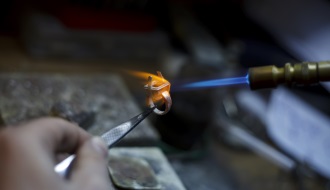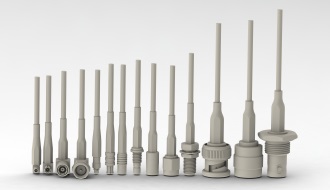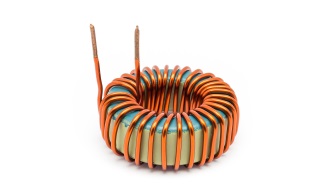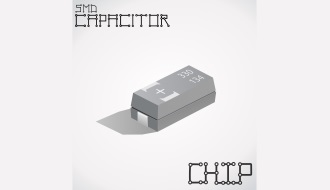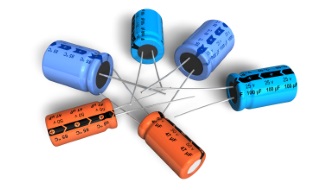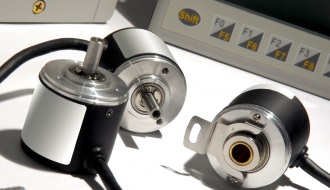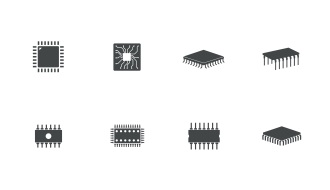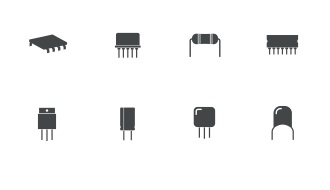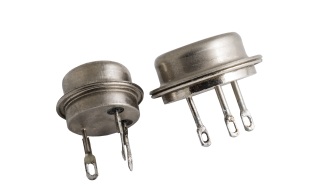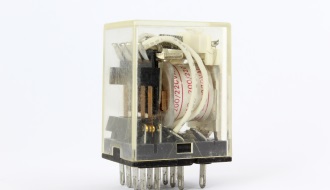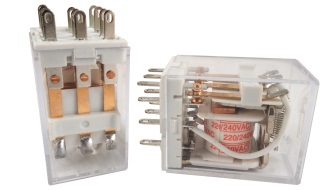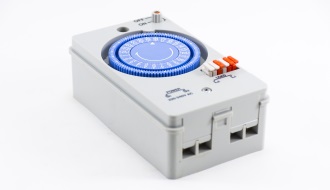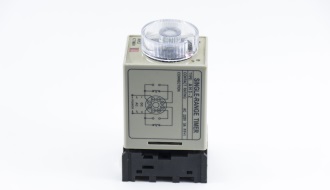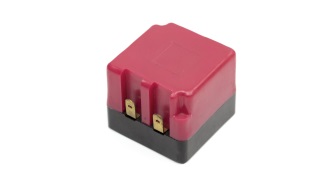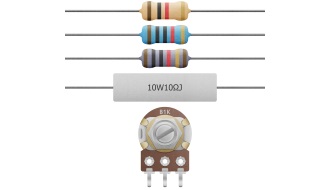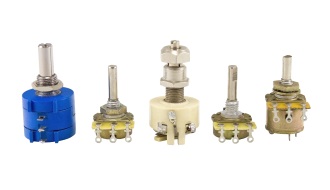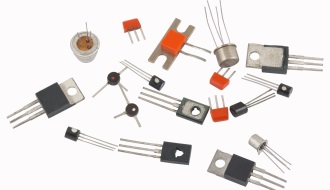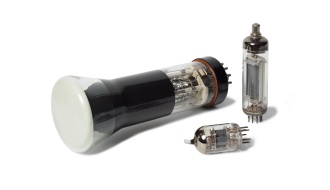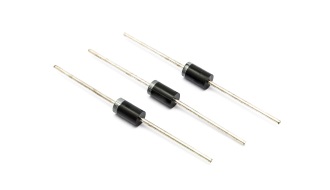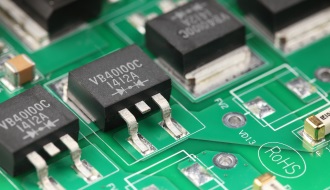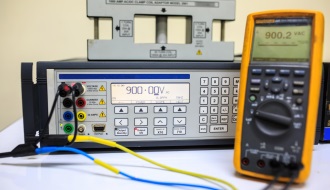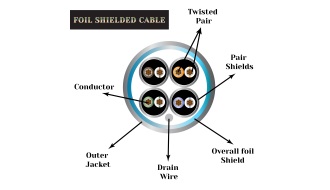Brazing Alloys

Brazing has been defined as a group of joining processes specially arranged in a manner to produce coalescence of materials. The process involves heating of these materials at a brazing temperature by using a filler metal which has a liquidus above 840°F (450°C), and below the solidus of the base metals. Also, the filler metal is distributed in the joint by capillary action.
The brazing process consists of the broad heating of the base metals to the point where the filler metal, applied to the joint area, will be melted and drawn by capillary action through the entire joint. After cooling, the brazed joint constitutes a strong metallurgical bond between the filler metal and the two base metals.
Two outstanding characteristics of a brazed joint are its high strength, and the low heat at which it is made. A properly made brazed joint will generally be stronger than the metals being joined. And the temperature at which the joint is made is much lower than the melting temperature of the metals being joined.


